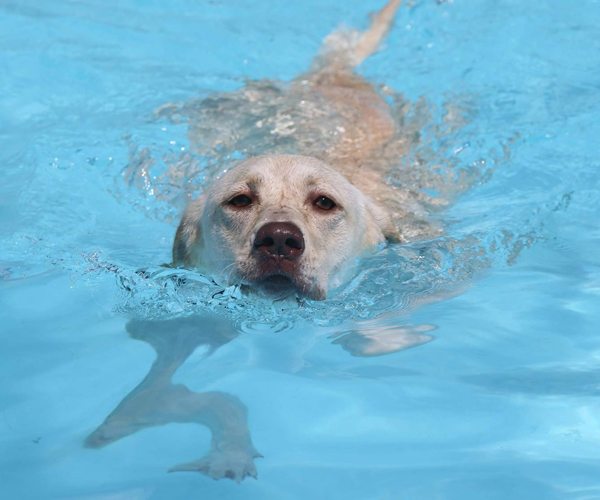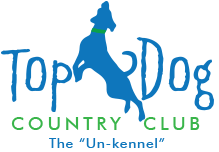
- Weight control – more than half of the dogs in this country are overweight or obese. Ignoring the problem can lead to diabetes, and disease of her joints, heart, liver, respiratory system and some forms of cancer. Look for a healthy, grain and corn free diet. Remember . . . if you can’t identify or pronounce the ingredients, or if meat is not listed # 1 or 2, you should probably find a different food. Fresh fruits and vegetables such as carrots, celery, strawberries, apples and pears make low calorie, healthy snacks.
- Dental health – according to veterinarians more than 85% of dogs over the age of 5 have significant periodontal disease. Bacteria from teeth can lead to systemic and irreparable damage to major organs. Healthy chewing, daily brushing, and periodic dental cleaning can all be part of a healthy plan.
- Annual checkups – It is good to see more pet owners and their veterinarians moving toward 3-year vaccines for distemper and rabies. However, don’t forgo an annual checkup and blood profile. Remember often dogs do not show they are ill until a condition is well advanced. A proactive annual screening can lead to an early diagnosis of anything that might be brewing.
- Daily physical exercise – Dogs need this . . . next to food and water exercise is the most important need they have. It does us all good to get out and run, play, or take a nice long walk daily.
- Daily mental stimulation – Dogs minds need to be kept stimulated just like ours. Kids are back at school and dogs are spending more time alone. Hide some of their favorite toys before leaving the house. Teach them a new trick. Brush up on their training skills. These things will tire them out and keep them from feeling the boredom of being home alone much of the day.
- Heartworm, flea & tick prevention . . . there are many natural options in addition to the traditional preventives. Find what works for you and your dog and remember to consider and weigh the risk of exposure with the risk of treatment. Doing nothing is not a good option.
- Avoiding toxins including second hand smoke – For you, your family, and your dogs, consider the chemicals and toxins we expose our dogs and ourselves to every day. Remember before all the chemicals were introduced, there were lots of natural and safe ways to clean. Back to basics and back to nature is a good way to live.
- Socializing your dog – A well-socialized dog is happier, more confident and less likely to get injured or cause injury.
- Keeping your dog supervised outside – It only takes a second to find danger . . . poisons in a neighbor’s yard, the tire of a car or a school bus, a wild animal. A fenced yard and/or supervised outdoor time keeps your best friend safe.
- Get pet insurance or self-insure by setting aside money each month into a special fund in case of an emergency. You don’t ever want to be in a position to say, “I cannot afford the life-saving procedure that my dog needs”.
- Make a disaster plan so your dog never has to be left behind.
May you and your dog live long and happy!
Jean Stelten
"Lead Dog"
Top Dog Country Club


